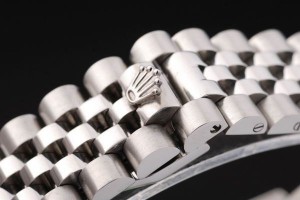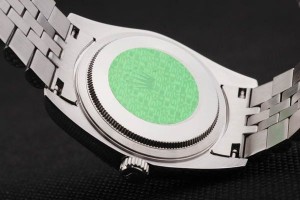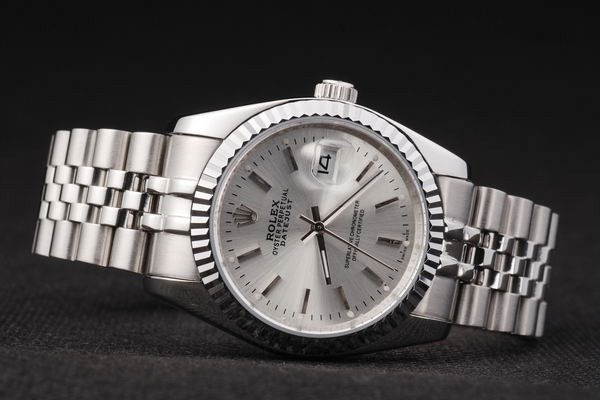Your first look should be to see if the watch is a full match, and then consider zooming in on the details! If a part of the watch, such as the case, shows obvious signs of wear, this should match the condition of the rest of the watch, such as the dial, inlay, etc. If something is incorrect, from the outside, then this is a clear sign that the watch has been repaired or messed up to hide a flaw in its authenticity and originality. To make your evaluation easier, I have compiled a list of things to look for when analyzing a vintage replica Rolex watch. The list is broken down by case, dial, and bezel sections.
Let’s take a closer look at the case to determine the originality of the watch and its condition. Many factors may affect whether the case is still in its original condition and what has been done to it through wear and/or repair. The challenge in looking at the case and comparing it to the rest of the watch is to spot any differences in the story the watch may be telling you. My experience over the years has taught me that even a well-worn watch will retain its original shape. Obviously, there will be signs of wear around the edges, but overall, the shape should still be OK.
If you are not sure why a particular watch looks unpolished, look closely at the matte part of the watch with a suitable magnifying glass. The matte part will tell you whether the watch has been polished or not. Generally speaking, from a collector’s point of view, I am more interested in whether a watch is original than whether the case is unpolished. Let’s state once and for all that I have seen many times online about unpolished replica watches when they clearly are not, and that is a concern. 

Unused watch bands are hard and you need to bend the links. When you remove the strap with a push pin before polishing, it will always leave marks on the case. That’s why the lugs are usually sealed with tape before the strap is removed. But in any case, you can see on the inside of the lugs where the pushpin entered the hole and you will see the scratch left by the pushpin. One sign of a polished service is the drilled lug holes, or better yet, the sharpness of the edges of the lug holes. This is because once polished, these lug holes lose their original sharp edges.
Perhaps because of this rarity and value, beveled cases are particularly popular among antique collectors. Beveling is for aesthetic purposes only. Each model has its own bevel shape, and the GMT-Master’s bevel is somewhat smaller than the Submariner’s. This has to do with the fact that the Submariner model is thicker and more water-resistant than the GMT-Master, and the Submariner has a larger winding crown.
There are some professional polishers who will take the entire watch apart when trying to polish it back to fake Rolex standards. This will inevitably result in a loss of material unless the polishing is done very lightly. This is not easy as it requires highly developed polishing skills as you only get one chance. If you do it wrong, the polishing transition will be clearly visible. But if you do it right, it will be hard to detect with the naked eye.
